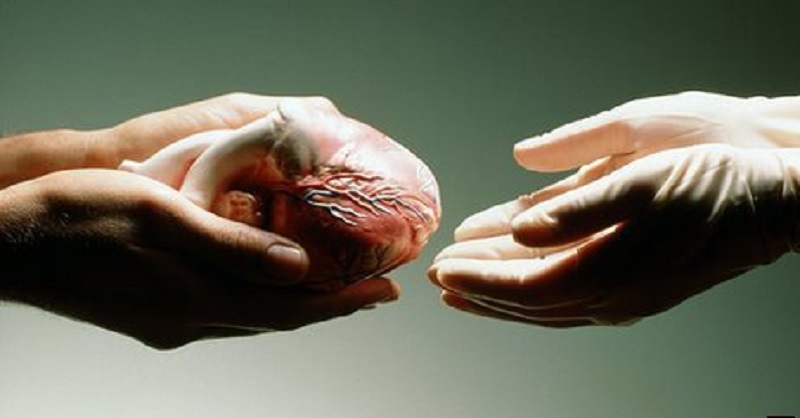
It is common practice to donate one’s organs and /or body after death for either research or donation. But how did this practice start?
Ganadarpan came into existence in 1986 when 35 ‘friends’ pledged to donate their bodies for medical research. Three decades later, it has grown to become eastern India’s oldest organization facilitating body donation, with a million people has taken the pledge, according to its octogenarian founder Braja Roy.
But poor infrastructure and conservative relatives are proving to be a thorn in the flesh for the cadaver donation movement, Mr. Roy said, with many of the pledged bodies not making it to the medical colleges of West Bengal. “The number of people coming forward for body donation has increased a great deal. We now receive 10,000 pledges every year,” he said. “People have begun to realize that body donation for scientific research is a noble act and therefore the stigma attached to it is disappearing.”
Ganadarpan works through seven sister organizations across the State. From 1986 to the end of 2017, it received one million pledges, according to Mr. Roy. However, of the one million, only 1,800 bodies could be sent to the medical colleges through Ganadarpan. In the majority of cases, owing to “severe objections raised by the donor’s family members,” the bodies ended up at crematoriums instead. While many died outside the city and could be located at the time of their demise, lack of infrastructure was “a clear spoiler,” he said.
Subrata Moulik, a computer engineer from south Kolkata, said he could not donate his mother’s body because of lack of arrangement to accept bodies in the State-run medical college he had approached. “We went to the college at 4 p.m. and were told that they accepted bodies only till 3 p.m. They asked us to come back with the body the next afternoon. That was not possible,” he said.
Explaining why so few of the pledged bodies made it to the medical colleges, Mr. Roy pointed out that bodies meant for donation had to be frozen within eight hours of death. But since 2007, medical college staff members had not been allowed to live on the campus, hence they were unable to attend to the bodies on time. “The government needs to address these issues…,” he said. Besides, of the one million who had taken the pledge, not all had died, Mr. Roy said.
“The interest in body donation to help medical science has increased,” Debasis Bhattacharya, Director of Medical Education, said. The government was “trying to improve infrastructure” to accept bodies throughout the day and the night.

Post Your Comments